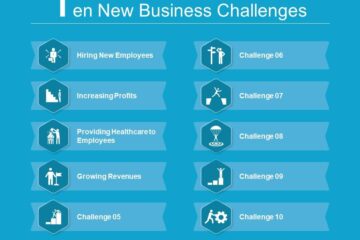
One thing clear is that you want to write good business. I am not going to focus on topline and ignore the bottomline. We want to be selective but having said that there have been challenges in the motor insurance business. We have run into some huge challenges. We are devising ways to tackle the challenges. There was some area correction adjustment factor because of which we made huge refunds in crop insurance business. We are constantly growing at 13% in the past two-three months.
So what went wrong with motor insurance?
Growth in motor is possibly at the lowest level of 0.4%. It is going to take another six-seven months before motor insurance sales will stabilise. I understand that some companies are adopting adventurous ways of doing business. I don’t think any general insurance company can absorb losses that will be interwoven with this approach. The regulator has kept the limits of expenses wisely.
Underwriting profit is key to general insurers. When would New India Assurance report underwriting profit?
For New India Assurance, I am sanguine that it should happen in three to four years. When we talk about underwriting profit, we should know that our funds are divided into shareholders’ fund and policyholders’ fund. The investment income that accrues out of policyholders’ fund belongs to policyholders. If my investment is generating 8% yield and the combined ratio is 105%, I will be very happy. This income should be considered part of underwriting performance.
Have losses in individual segments like motor, crop and health gone up in the past few quarters because of higher claims?
It is not because claims have gone up but because pricing has gone bad. There are 30 players. Nobody is at the liberty to charge what they want. They have to react to the competition.
What is your vision for New India Assurance?
It is like a five-day cricket test match. We have to be very patient. I see New India growing constantly at over 15%. Given the competition, I cannot grow at say 25% and keep combined ratio low. We plan to bring down combined ratio to 110% by 2019-20. Combined ratio consists of management expenses, intermediary charges and claims. Our management expenses are low at 15%. Out of this, 85% is fixed in nature by way of salary, rent.
But what about intermediary expense?
Our intermediary expense is around 8-8.5%, while the industry operates at 13%. When I am in the same industry, I cannot bring it down. My vision is to automate claims settlement. We have developed a process by which we intend to automate the claims process. About 85-90% of our claims are less than Rs 1 lakh. I can easily automate claims of Rs 50,000, which the regulator permits. If I am able to reduce claim experience by 8%, our combined ratio will come down.
What is the future of branches?
Opening up micro offices have helped in some areas. In some areas where it has not helped, we will look to consolidate them. We have identified 175 such offices that can be consolidated. This can release lot of manpower. There are issues specific to public sector insurers like recruitment and retirement, which may not apply to others. We didn’t recruit people from 1991 to 2009. Regular recruitment happened from 2010. This has created a skewed employee profile.
New India’s stock price has fallen post listing and is trading at a huge discount to the offer price. You have to meet Sebi’s norm of 25% public shareholding? When would next sale happen?
One thing that gives me some relief is that share prices have gone up in the last two-three months. The value at which it was issued is the first target. The intrinsic value of my share is at which it was offered.
[“source=economictimes.indiatimes”]



